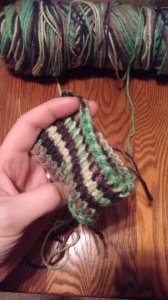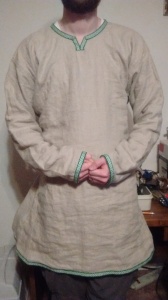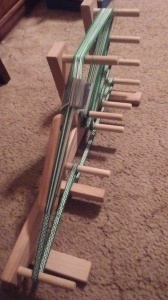Why didn’t I ever try a detailed outline before? Live and learn, I suppose.
Things are gliding along in Featherfolk draft IV. Plus, I’m right on track for my 10,000-word November goal!
I regret not one moment of the time I spent outlining. I kept itching to dive in, but I held back and laid the groundwork first. It’s wonderful to have some of the imagination heavy-lifting already taken care of.
Of course, my outline is far from perfect. I already had one scene turn out different than I expected. One of my characters refused to act how I assumed he would. When I realized that, I let him be. I made some mental tweaks to upcoming scenes, and things are going to work out.
I highly reccommend outlining. It may feel like you’re not getting anything done because you aren’t writing, but it’s worth it. I promise.
Happy Yarning!













